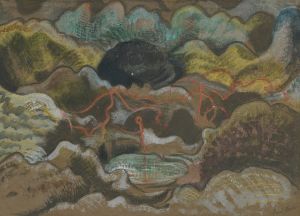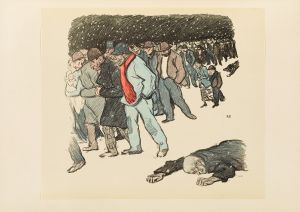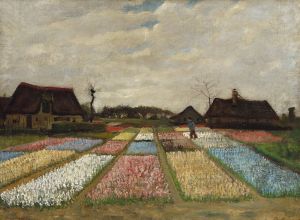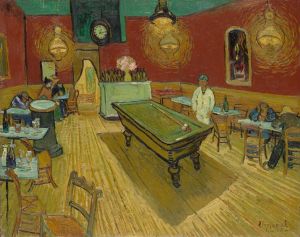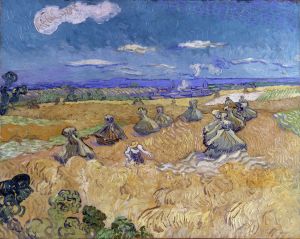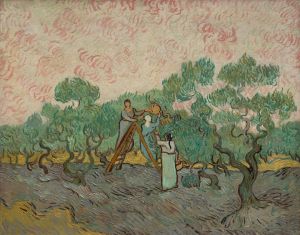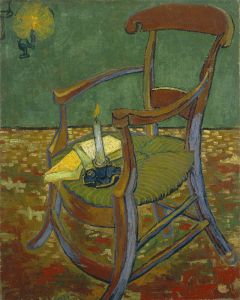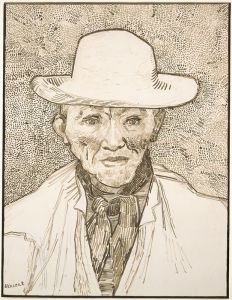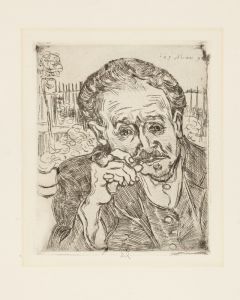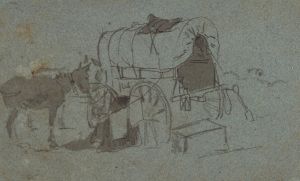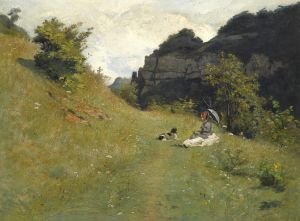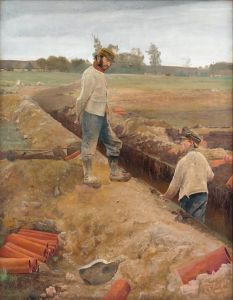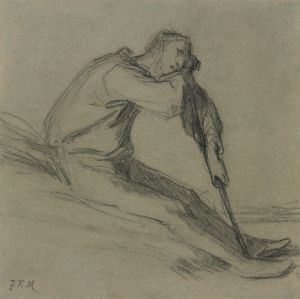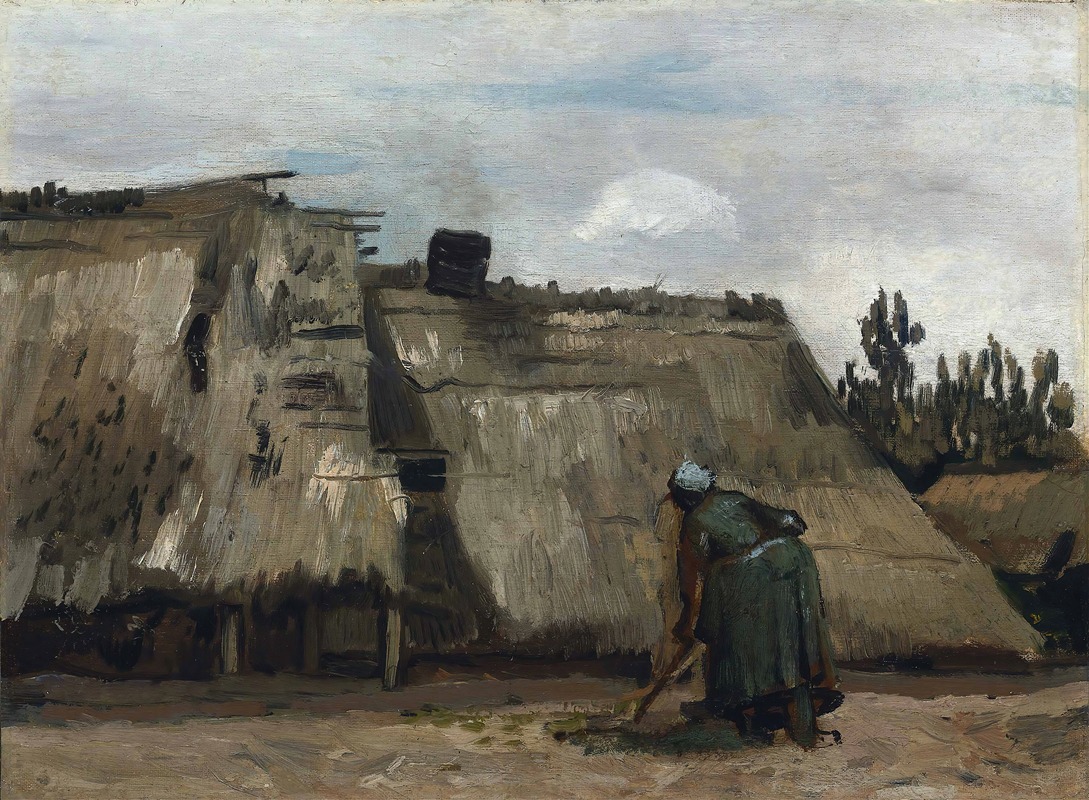
A Peasant Woman Digging in Front of Her Cottage
A hand-painted replica of Vincent van Gogh’s masterpiece A Peasant Woman Digging in Front of Her Cottage, meticulously crafted by professional artists to capture the true essence of the original. Each piece is created with museum-quality canvas and rare mineral pigments, carefully painted by experienced artists with delicate brushstrokes and rich, layered colors to perfectly recreate the texture of the original artwork. Unlike machine-printed reproductions, this hand-painted version brings the painting to life, infused with the artist’s emotions and skill in every stroke. Whether for personal collection or home decoration, it instantly elevates the artistic atmosphere of any space.
"A Peasant Woman Digging in Front of Her Cottage" is an oil painting created by the renowned Dutch artist Vincent van Gogh in 1885. This work is part of Van Gogh's early period, which is characterized by his focus on rural life and the struggles of the peasantry. During this time, Van Gogh was deeply influenced by the works of Jean-François Millet and other artists who depicted the lives of peasants with dignity and realism.
The painting portrays a peasant woman engaged in the act of digging, set against the backdrop of her modest cottage. The scene is rendered with a somber palette, dominated by earthy tones and muted colors, which reflect the harsh realities of rural existence. This choice of color and subject matter is typical of Van Gogh's work during his time in Nuenen, a village in the Netherlands where he lived from 1883 to 1885. It was in Nuenen that Van Gogh produced a significant body of work focusing on the lives of peasants and weavers, capturing their daily toil and the simplicity of their surroundings.
Van Gogh's interest in peasant life was not merely artistic but also deeply empathetic. He was moved by the hard lives of the rural poor and sought to convey their dignity and resilience through his art. This painting, like many others from this period, reflects his commitment to portraying the human condition with honesty and respect.
The composition of "A Peasant Woman Digging in Front of Her Cottage" is straightforward yet powerful. The figure of the woman is central to the painting, her posture and activity suggesting both physical labor and a connection to the land. The cottage in the background serves as a reminder of her home and the simplicity of her life. Van Gogh's brushwork in this piece is expressive, capturing the texture of the soil and the fabric of the woman's clothing with a tactile quality.
This painting is part of a larger series of works that Van Gogh created during his Nuenen period, which includes other notable pieces such as "The Potato Eaters." These works collectively highlight Van Gogh's evolving style and his dedication to exploring themes of labor, poverty, and the human spirit.
"A Peasant Woman Digging in Front of Her Cottage" is housed in the Van Gogh Museum in Amsterdam, which holds the largest collection of Van Gogh's works. The museum provides insight into the artist's development and his contributions to the Post-Impressionist movement. This painting, along with others from Van Gogh's early period, offers a glimpse into the formative years of an artist who would go on to become one of the most influential figures in Western art history.
In summary, "A Peasant Woman Digging in Front of Her Cottage" exemplifies Vincent van Gogh's early focus on rural themes and his empathetic portrayal of peasant life. Through his use of color, composition, and expressive brushwork, Van Gogh captures the essence of the human condition, making this painting a significant work in his oeuvre.





